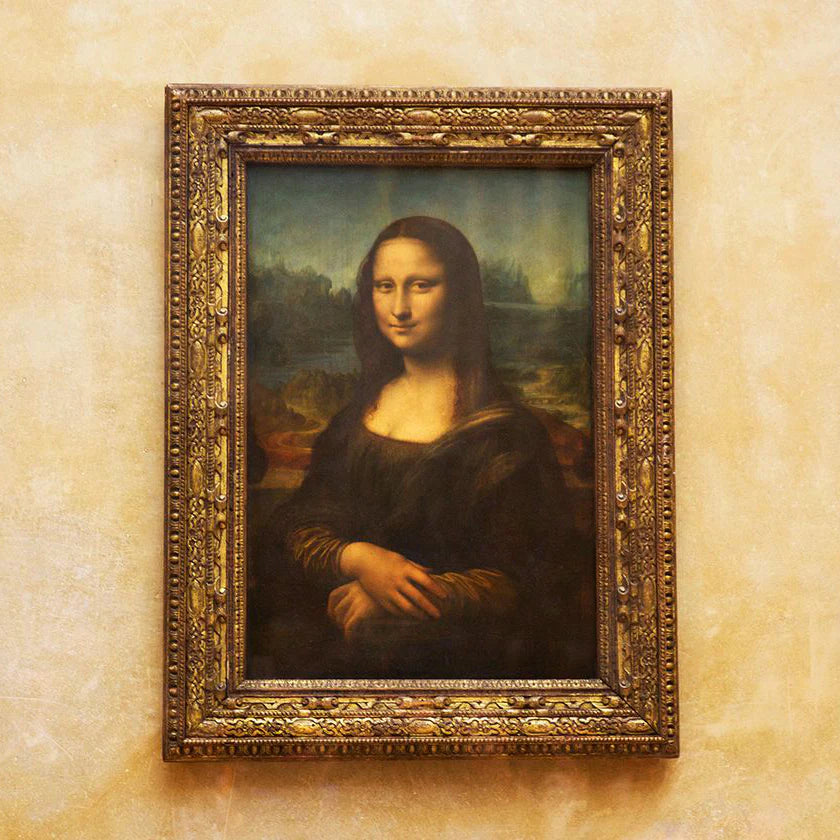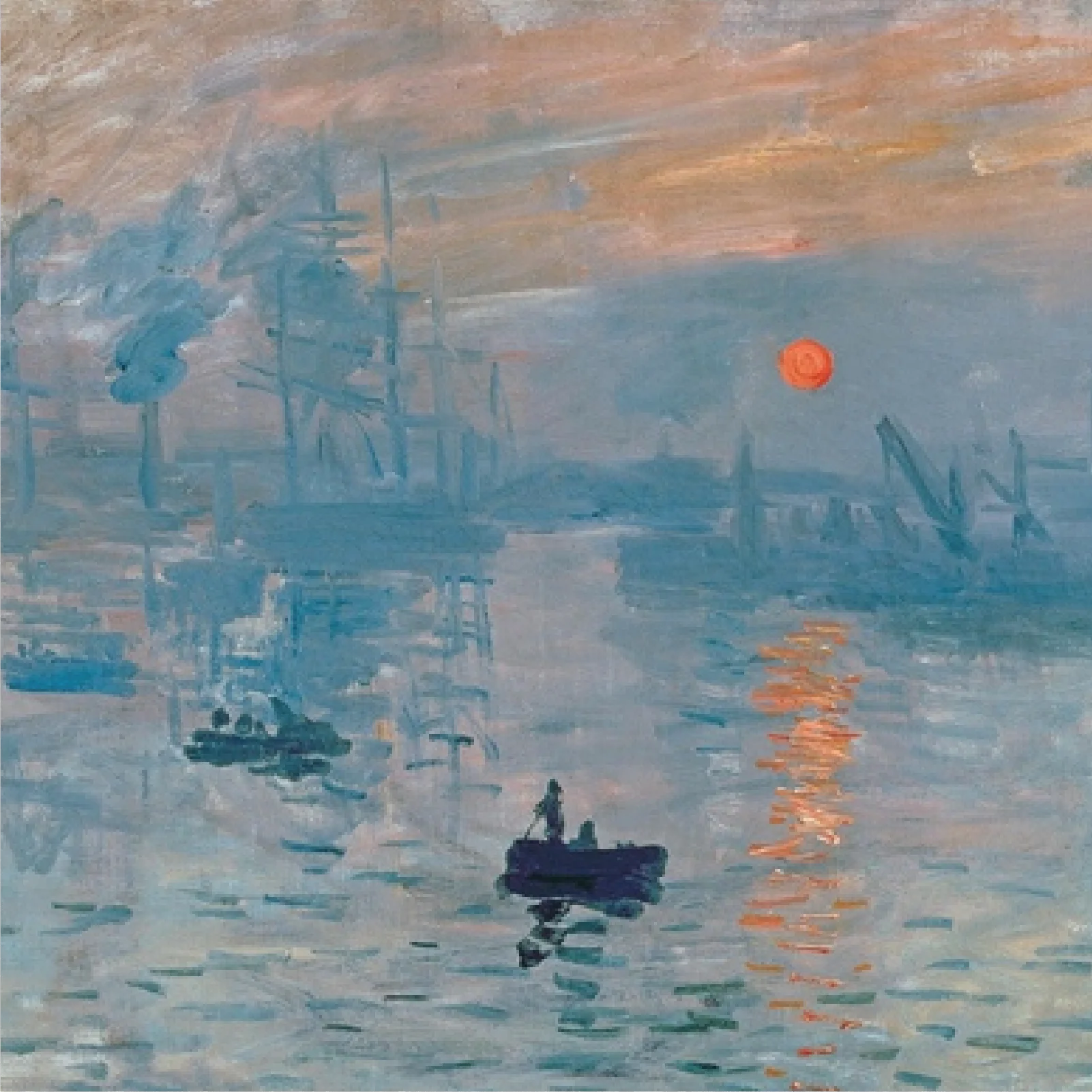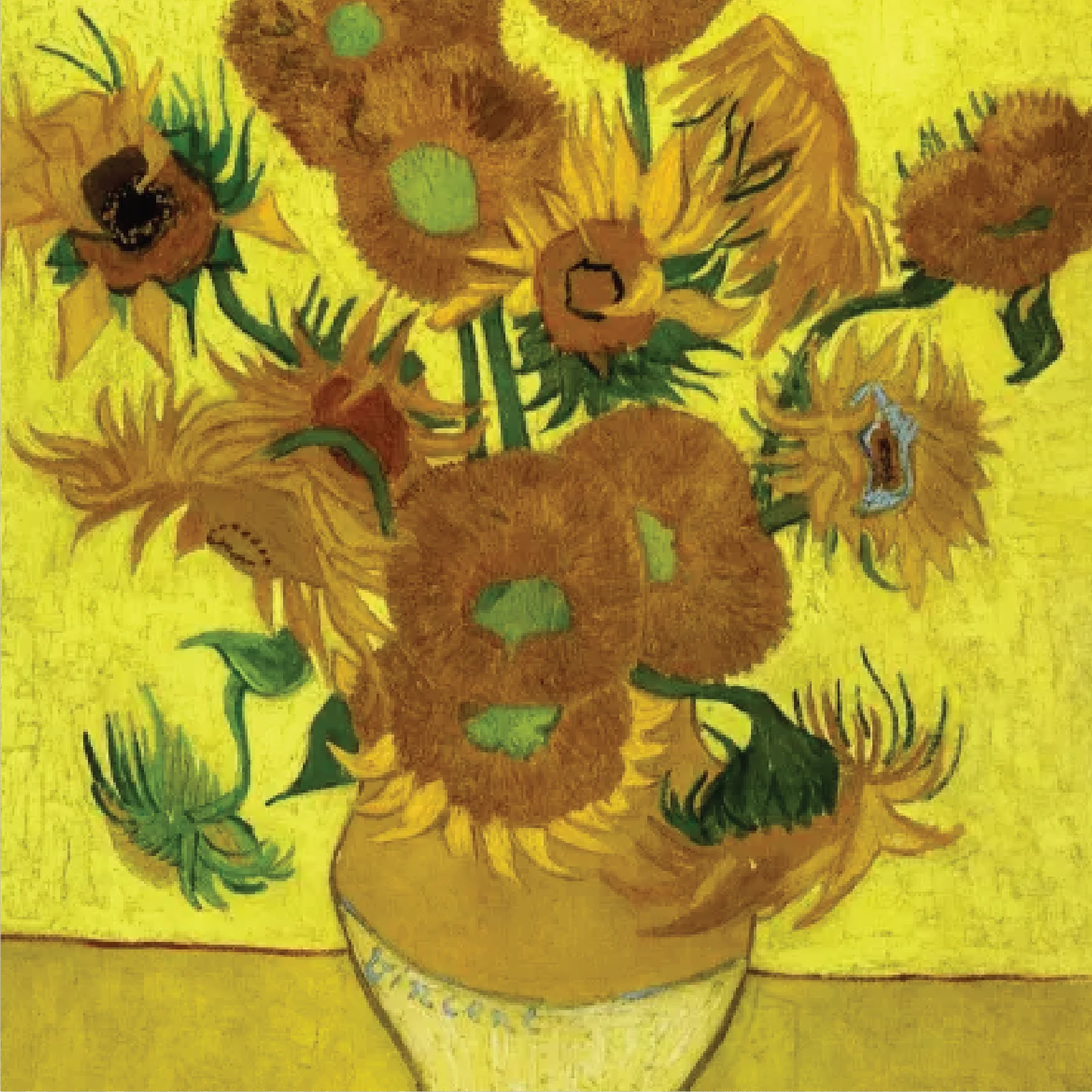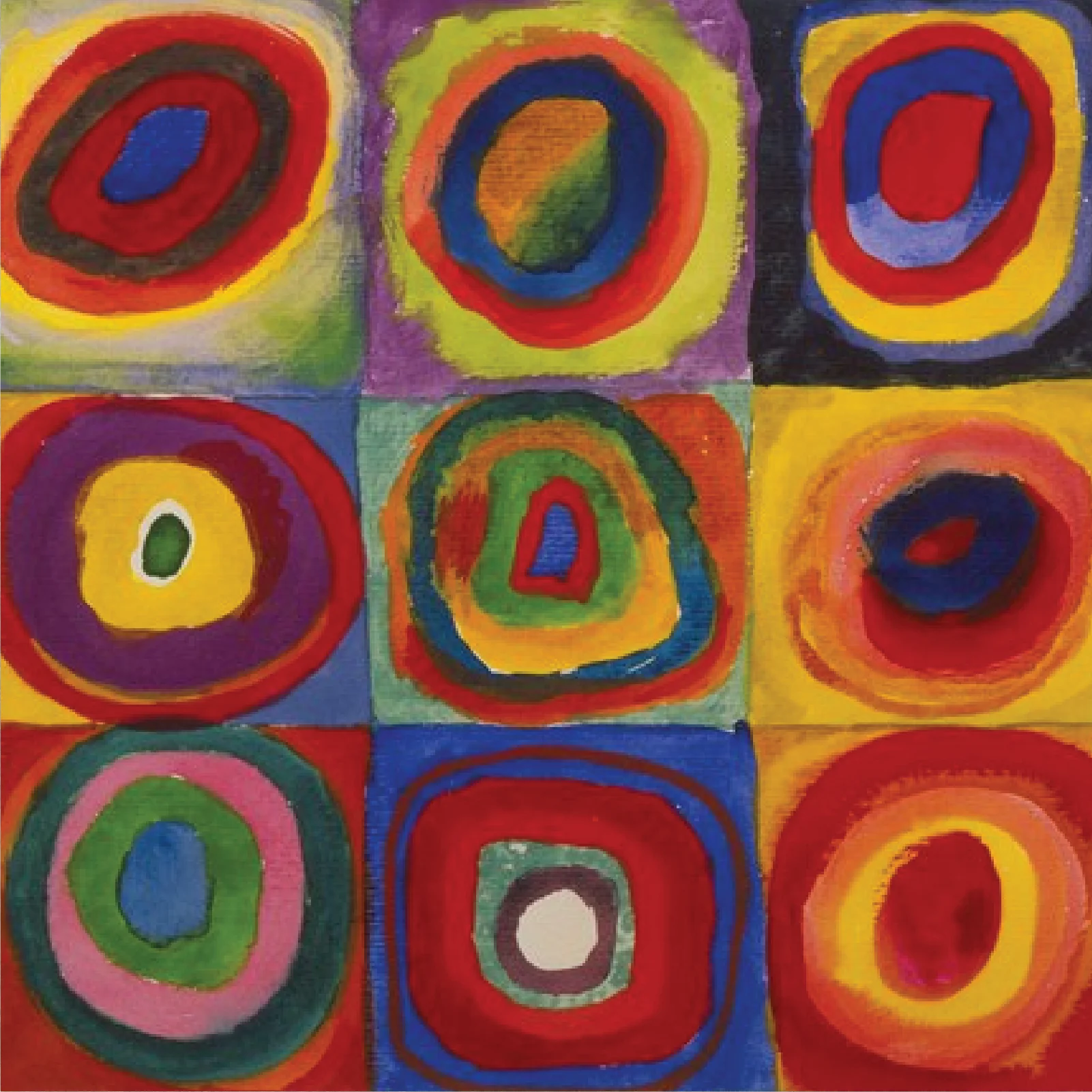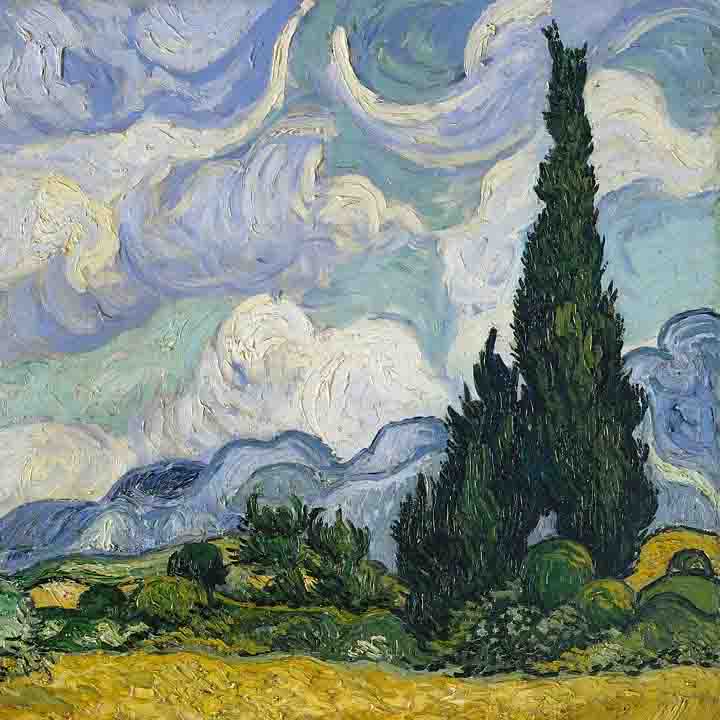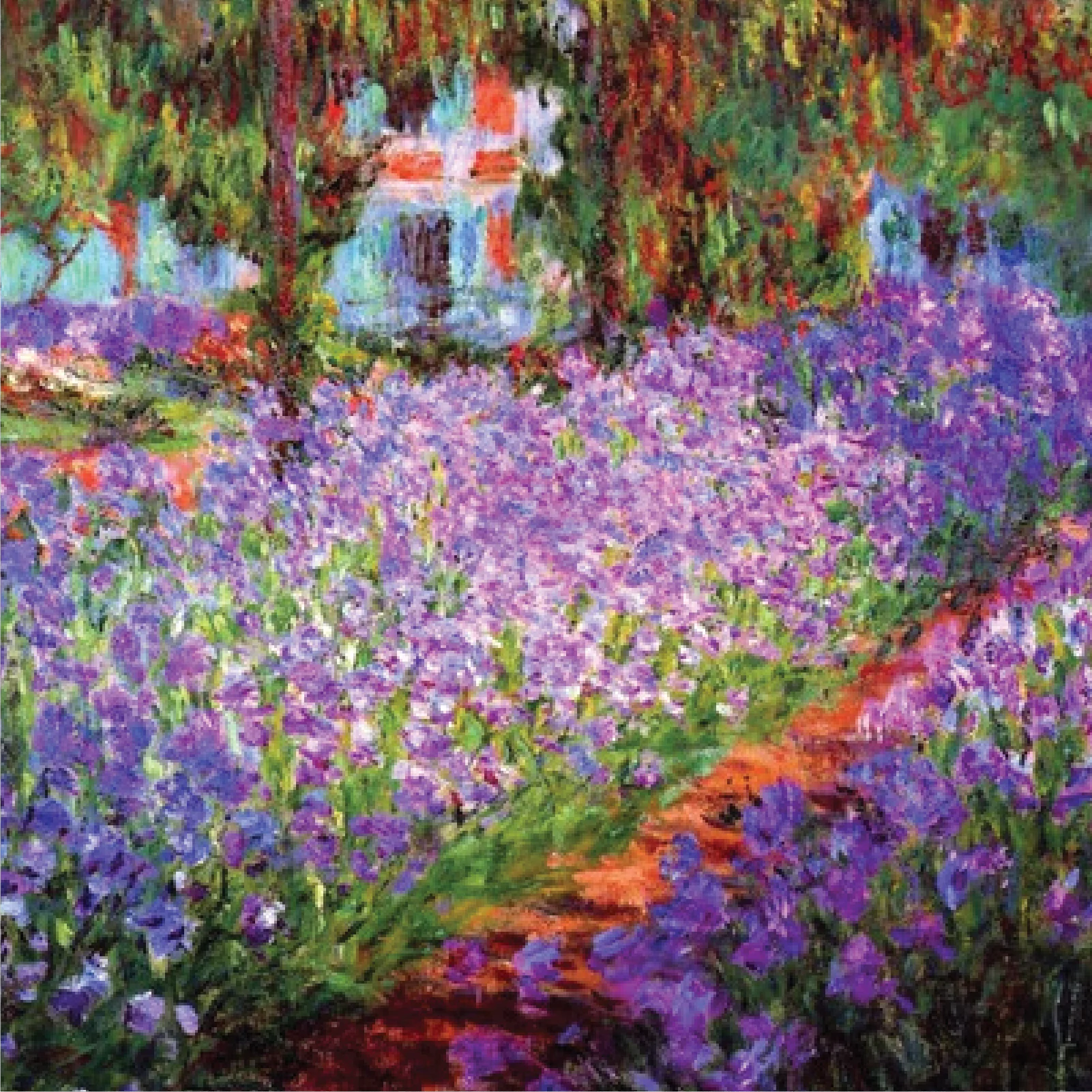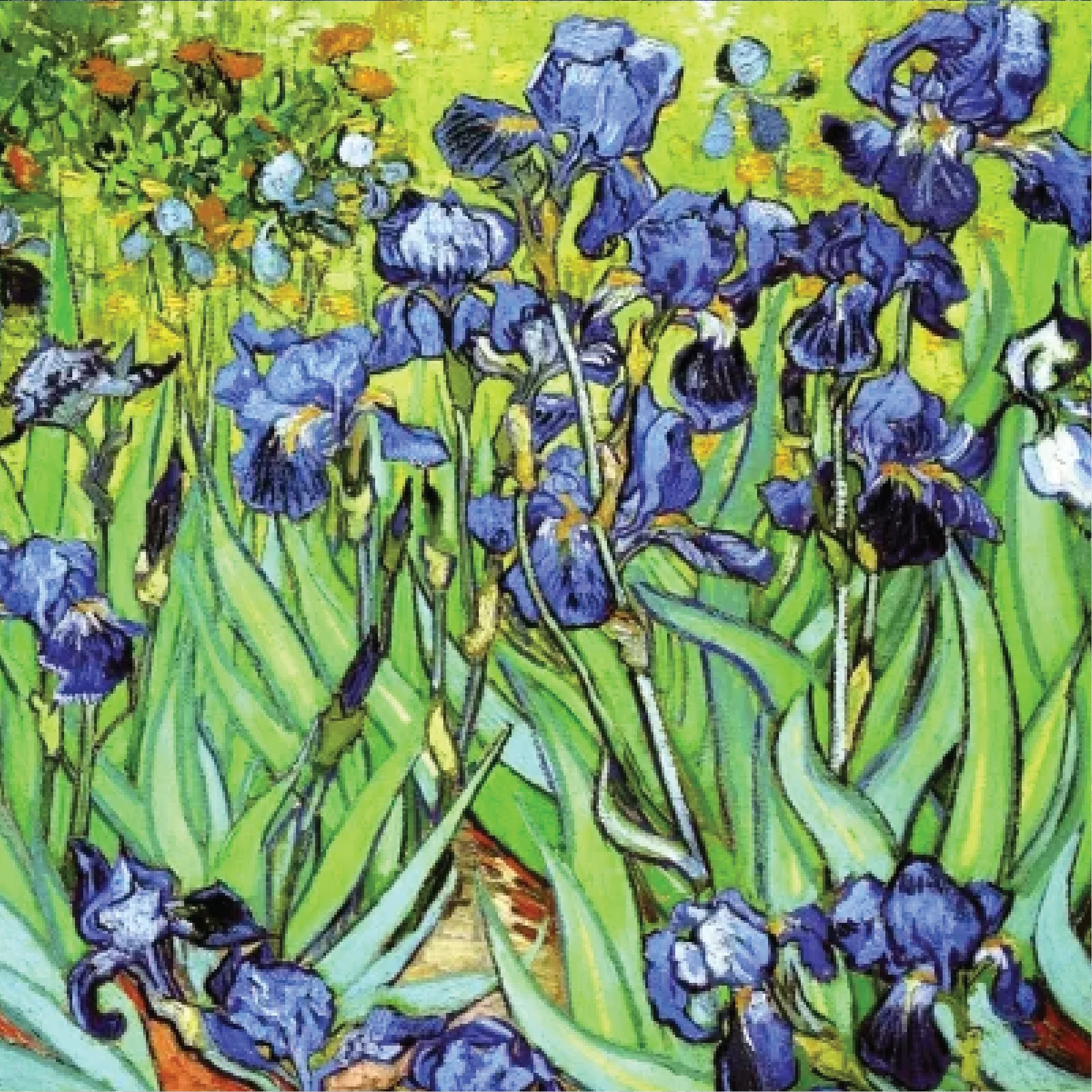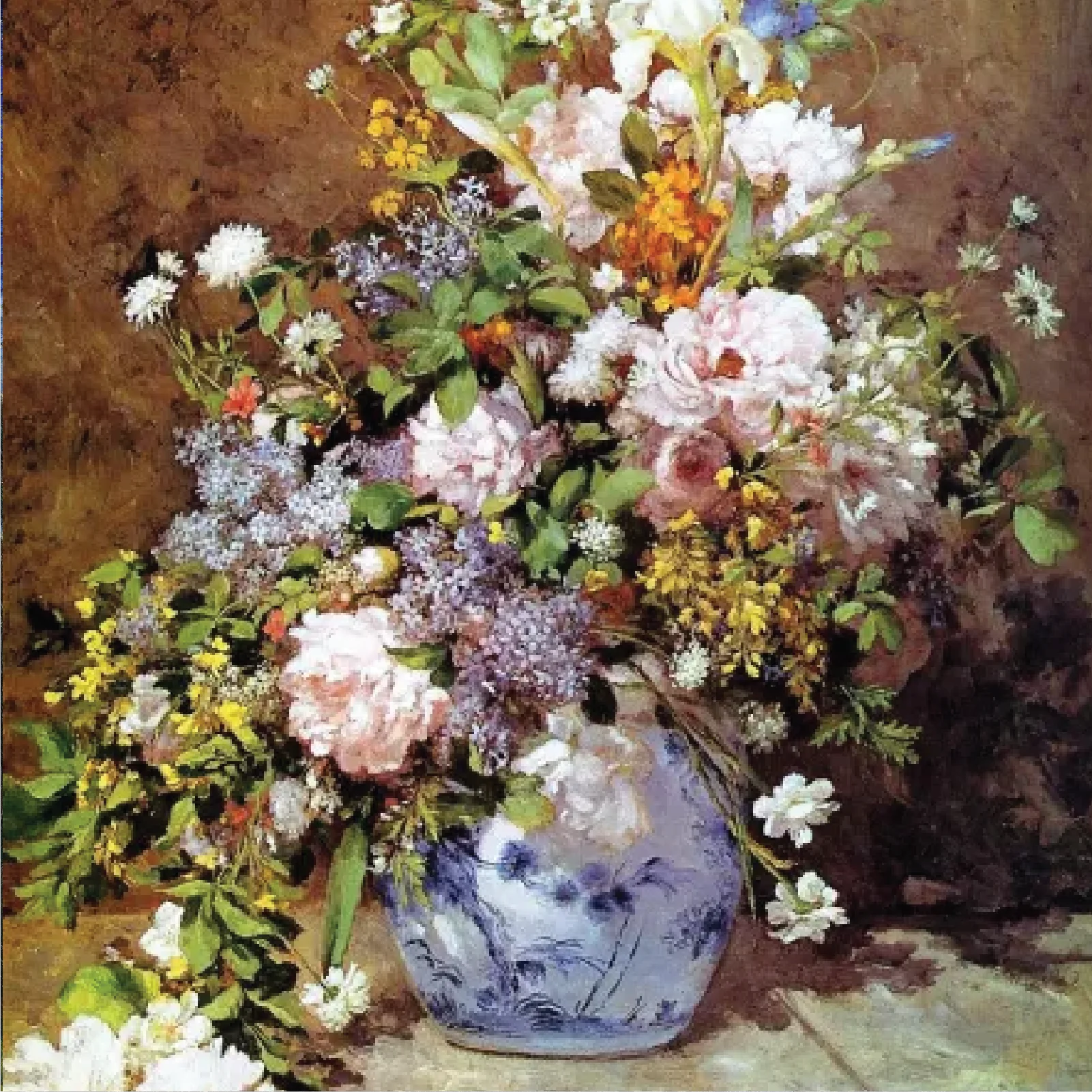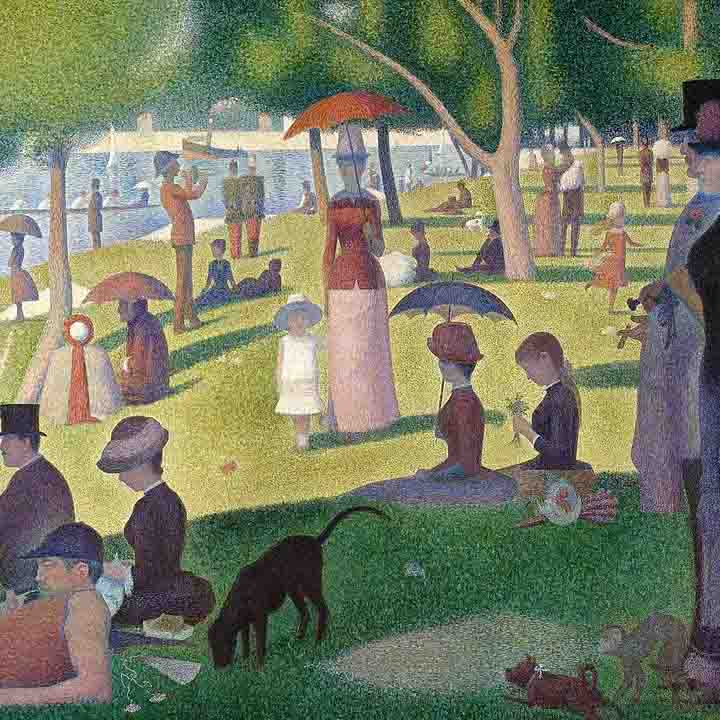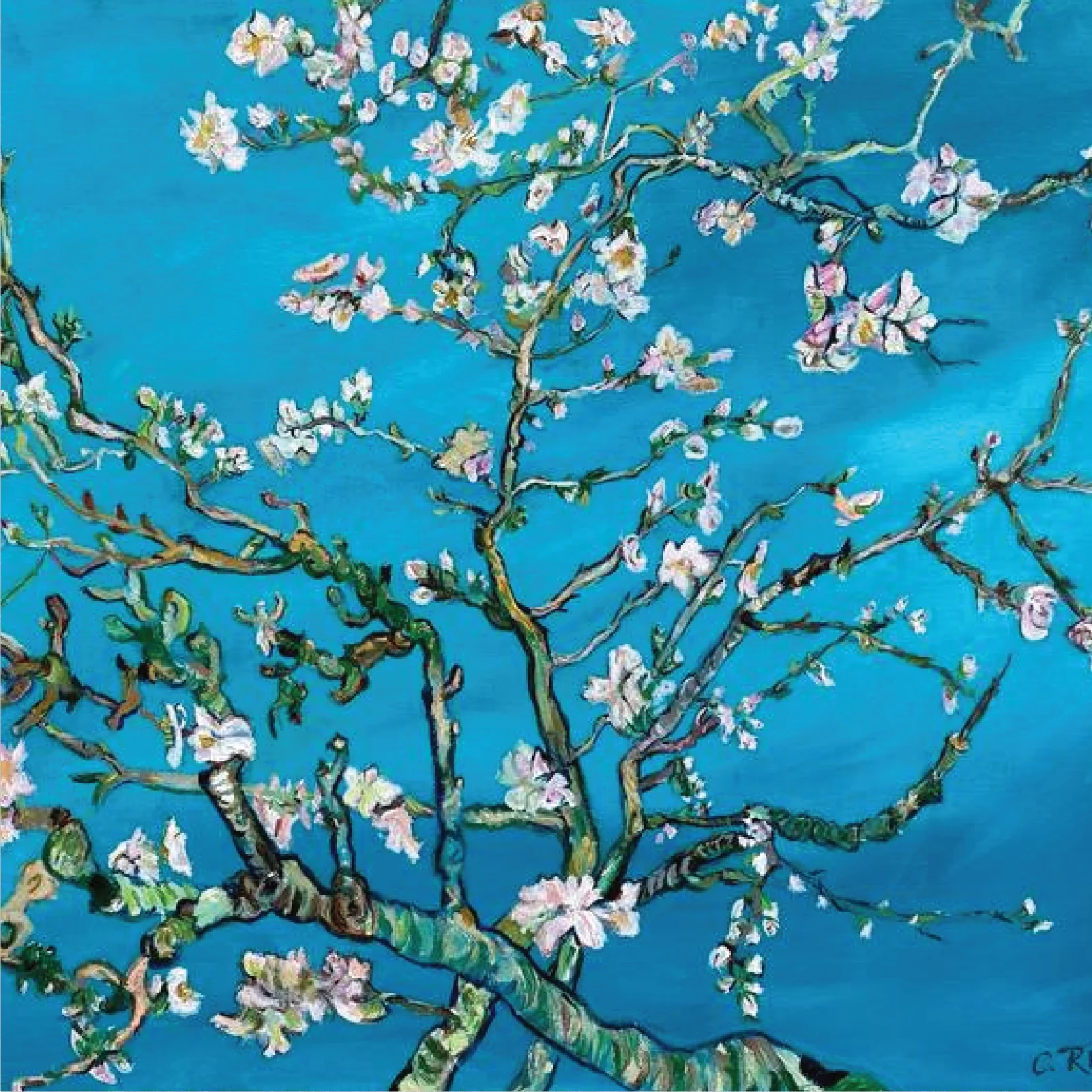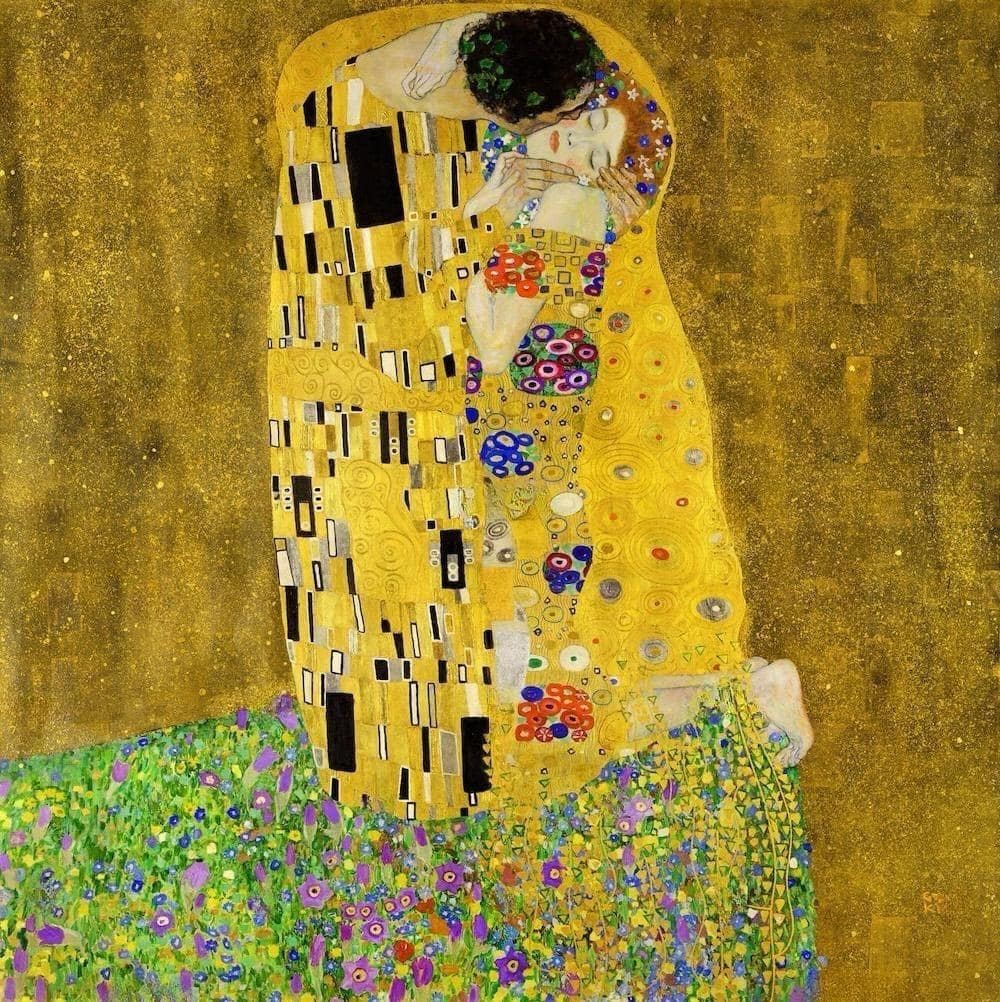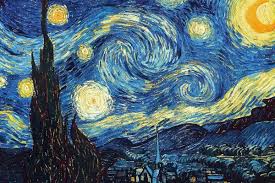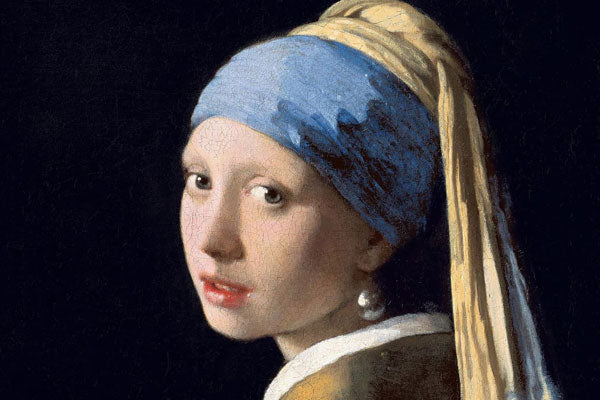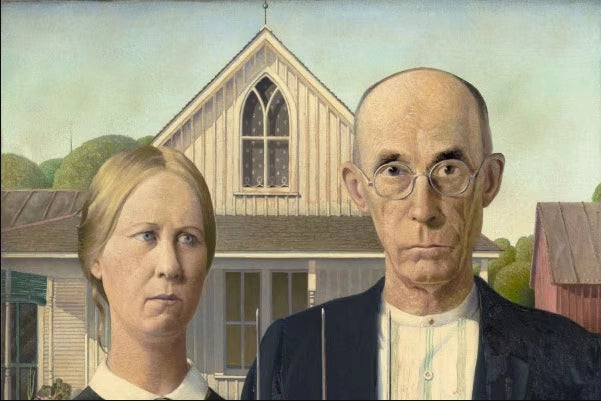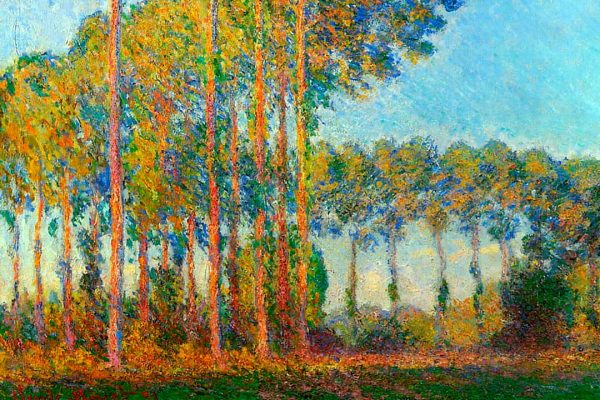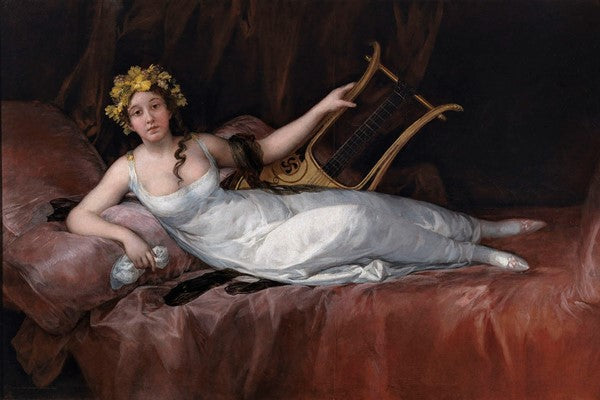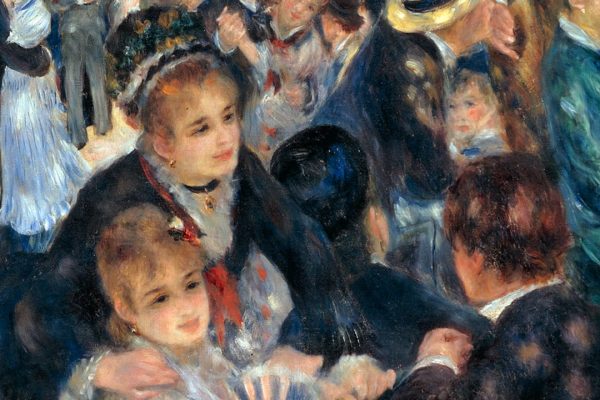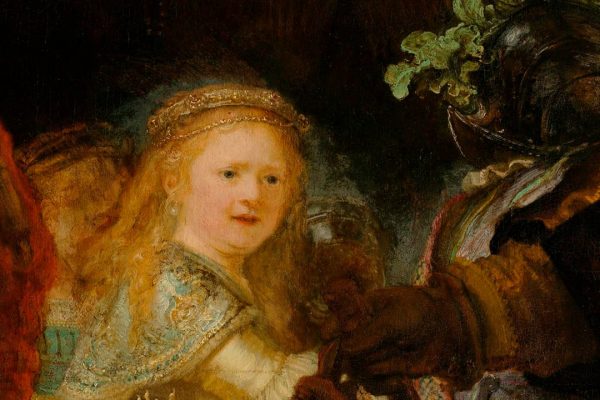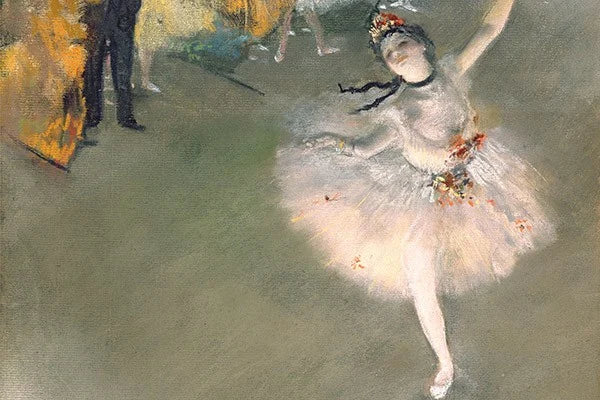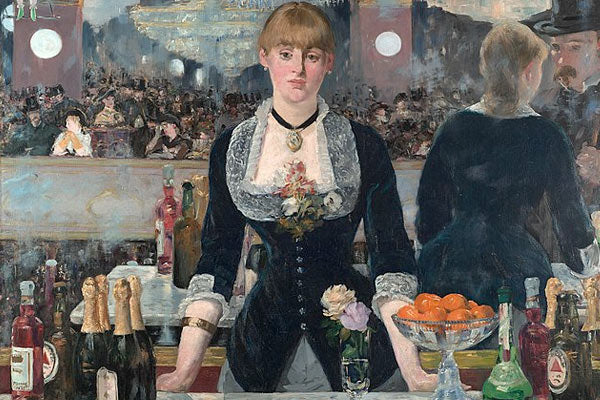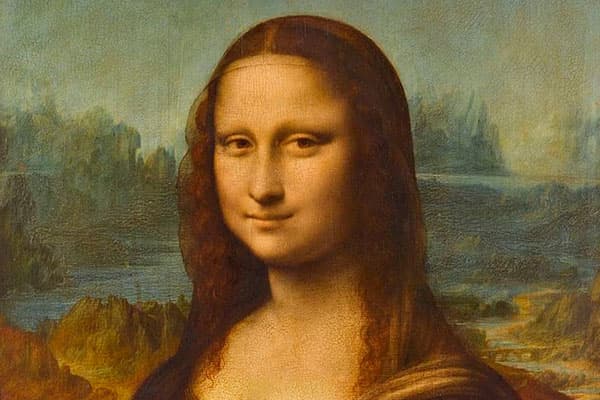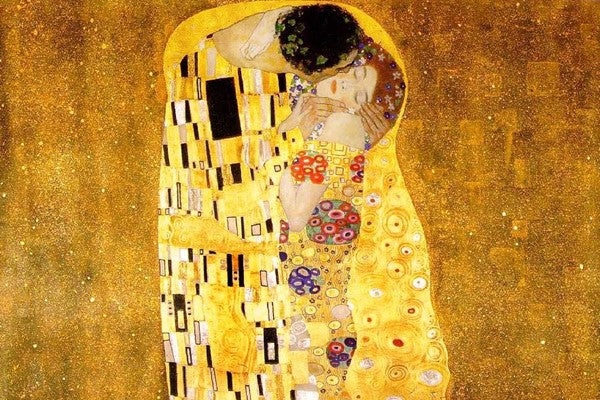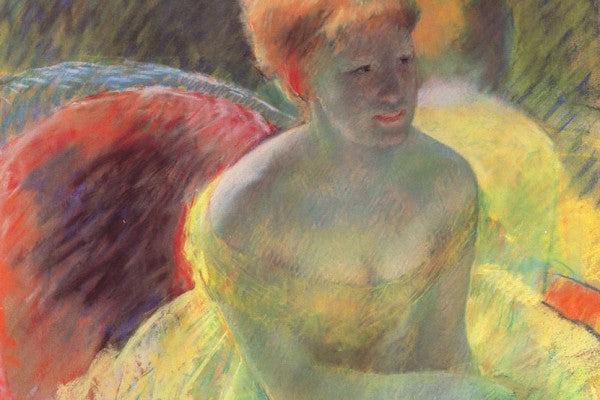Creating and selling replicas of famous art is a captivating and worthwhile pursuit. Many humans admire the masterpieces of well-known artists. They wish to have their personal copies.
But, before diving in, you have to understand the prison panorama. Knowing the guidelines permits you to keep away from criminal troubles. It will make certain your paintings are reputable and lawful.
We'll explore the legalities of creating and promoting famous art replicas, covering copyright legal guidelines and highbrow property rights. We'll additionally cover public domain art and ethics.
By the end, you will have a clear understanding of what you could and could not do in terms of art duplicate. So, let's get started on this informative journey into the arena of art.
Understanding Intellectual Property Rights
They are unique guidelines. They protect the creations of people's minds. This includes inventions, songs, and, of course, art. When an artist creates a painting, they routinely own the rights to that art. These rights are supposed to guard the artist's paintings from being copied or used without permission.
Think of it like this: If you draw a photograph, you wouldn't want someone else to claim it as their very own or make copies without asking you first. That's precisely what highbrow assets rights do for artists. They make sure that the original author receives the credit score and manage how their paintings are used.
These rights are very critical for well-known art. They help ensure that the artist or owner of the painting can control how the art is reproduced and bought. This method is that, if you want to copy a popular painting, you need to recognize if it is covered using these rights. You also want to recognize it in case you need permission to use it.
Copyright Laws and Oil Painting Canvas

Copyright laws are like special rules that protect the work of artists. When someone paints a picture, they automatically own the copyright to that art. This means that nobody else can copy, sell, or use the painting without permission from the artist.
These laws are very important for oil painting canvas. If you want to make a copy of a famous replica, you need to know if it is still protected by copyright. Copyright protection usually lasts for the lifetime of the artist plus 70 years. After that time, the painting goes into the public domain, which means anyone can use it without needing permission.
However, if the painting is still under copyright, you must get permission from the artist or the person who owns the rights to the painting. This is often done by buying a license, which is like a ticket that gives you the right to use the art legally.
For example, if you wanted to copy an original painting by an artist like Leonardo Da Vinci, Gustav,and Claude Monet, who died 50 years ago, you would need to contact the artist's estate. Or, you would need to contact whoever manages the rights to their work. This ensures that the artist's work is respected and that they or their family benefit from its use.
Public Domain Art for Reproduction
Public domain art refers to arts that are no longer protected by copyright laws. This means anyone can use these arts without needing permission from the artist or paying for a license.
Art enters the public domain when the copyright expires. For most paintings, this happens 70 years after the artist's death. Once in the public domain, the art is free for everyone to use, copy, and sell with their own privacy policy. T
Fair Use in Art Reproduction
Fair use is a unique rule that allows humans to apply elements of copyrighted works without permission. This rule is very beneficial for things like schooling, information reporting, and creating new works of art. However, it has specific guidelines and limits.
-
When it involves art replica, honest use can once in a while apply, however it is essential to be cautious. Here are a few situations where honest use might be okay:
-
If a teacher uses a painting to train college students about art, this may be considered fair use.
-
If someone writes an assessment of a painting and includes an image of it to explain their points, this could be honest use.
- If an artist creates a brand new work that modifies the authentic portrayal, making it special and new, this would possibly count as honest use.
Obtaining Permission for Art Reproduction
When you want to copy a copyrighted painting, which is still under copyright, you need to get permission from its owner. This is called obtaining a license and deciding the worth of the paintings. Here’s how you can do it:
-
First, you need to find out who owns the rights to the painting. This could be the artist, their family, or a company that bought the rights. You can often find this information online or by contacting art galleries and museums.
-
Once you know who owns the rights, you need to reach out to them. You can write a polite letter or email explaining why you want to reproduce the painting and how you plan to use it. Be clear and specific about your intentions.
-
The copyright holder might agree to let you reproduce the painting, but there could be conditions. They might ask for a fee or want to know where and how the painting will be sold. It’s important to discuss these terms and come to an agreement that works for both sides.
-
Once you’ve agreed on the terms, make sure to get everything in writing. This could be a formal contract or a simple letter of agreement. Having the permission documented protects both you and the copyright holder.
- After you have permission, make sure you follow the terms of the agreement. This means using the painting only in the ways you’ve agreed on and not making any unauthorized copies.
Legally Selling Reproductions of Famous Paintings
Selling copies of paintings is a great way to share beautiful art. However, it's important to do it legally to respect the original artists and avoid getting into trouble. Here’s how you can sell art replicas legally:
-
First, find out if the painting is still under copyright. If the artist has been dead for over 70 years, the painting is usually public domain. You can reproduce and sell it without permission. If it’s still under copyright, you need to get permission from the copyright holder.
-
If the painting is copyrighted, ask the owner for permission to copy and sell it. This might involve paying a fee or agreeing to certain conditions. Make sure you get the agreement in writing.
-
Follow the terms of the permission or license carefully. This means using the replicas only in the ways you’ve agreed on with the copyright holder.
-
When selling replicas, be clear that they are not originals. This means labeling them as replicas. This honesty helps buyers understand what they are purchasing and keeps you transparent.
-
Ensure that your paintings are of high quality. Good paintings respect the original art and make customers happy with their purchases.
- Use legal and ethical ways to market and sell your paintings. This can include online stores, galleries, and art fairs. Always keep good records of your sales and permissions.
Ethical Considerations in Art Reproduction
When reproducing famous paintings, think about ethics. Ethics means doing the right thing. Here are some key points to consider:
-
Always give credit to the original artist. They put a lot of effort into creating the art, and acknowledging them shows respect for their work.
-
Clearly label your replicas as copies or replicas. This helps people understand that they are buying an art and not the original painting.
-
Make sure your paintings are high-quality and accurately represent the original art. Poor-quality copies can mislead people and disrespect the original art.
-
Be transparent with your customers. Don't try to pass off copies as originals. Always give honest information about your work.
-
Adhere to copyright laws and get permission when needed. This not only keeps you out of legal trouble but also respects the rights of the original artist.
-
If you are using a copyrighted work, make sure to compensate the original artist or their estate fairly. This means paying any required fees for the rights to reproduce the art.
- Be mindful of the cultural significance of the artwork you are reproducing. Some artworks have deep cultural meanings, and reproducing them should be done with sensitivity and respect.
Conclusion
You love oil on canvas paintings. You want to add famous art to your collection. Consider buying from Art&See with money back guarantee. They craft many high-quality popular paintings.
The paintings are of finest works by renowned artists like Leonardo Da Vinci, Van Gogh and Gustav. You can easily browse and purchase their fine art renaissance and realism movement Mona Lisa, Pearl Earring, Baroque, Claude Monet and Rembrandt Van Rijn portrait replicas online.
FAQs
1. Can I sell reproductions of paintings in the public domain?
Yes, you can legally sell replicas of paintings that are in the public domain. These are arts whose copyright has expired, usually 70 years after the artist's death.
2. What is the difference between a reproduction and a forgery?
A reproduction is a copy of an original art. It is made to acknowledge the original artist. It is often for education or decoration. A forgery, however, is a copy intended to deceive others into thinking it is the original.
3. Do I need to credit the original artist when selling a reproduction?
Yes, it is right to credit the original artist when selling an art reproduction gallery. This credits their work and keeps buyers informed when it is shipped.
4. Are there any restrictions on how many reproductions I can make of a single artwork?
If the art is copyrighted, the license may limit the number of art reproductions you can make. For public domain arts, there are generally no restrictions.
5. How can I verify if a painting is public?
You can verify if a painting is in the public domain by researching the artist and the date of their death. Arts in the public domain are typically from artists who have been dead for more than 70 years. You can also check reliable databases and resources for public domain portrait art.
